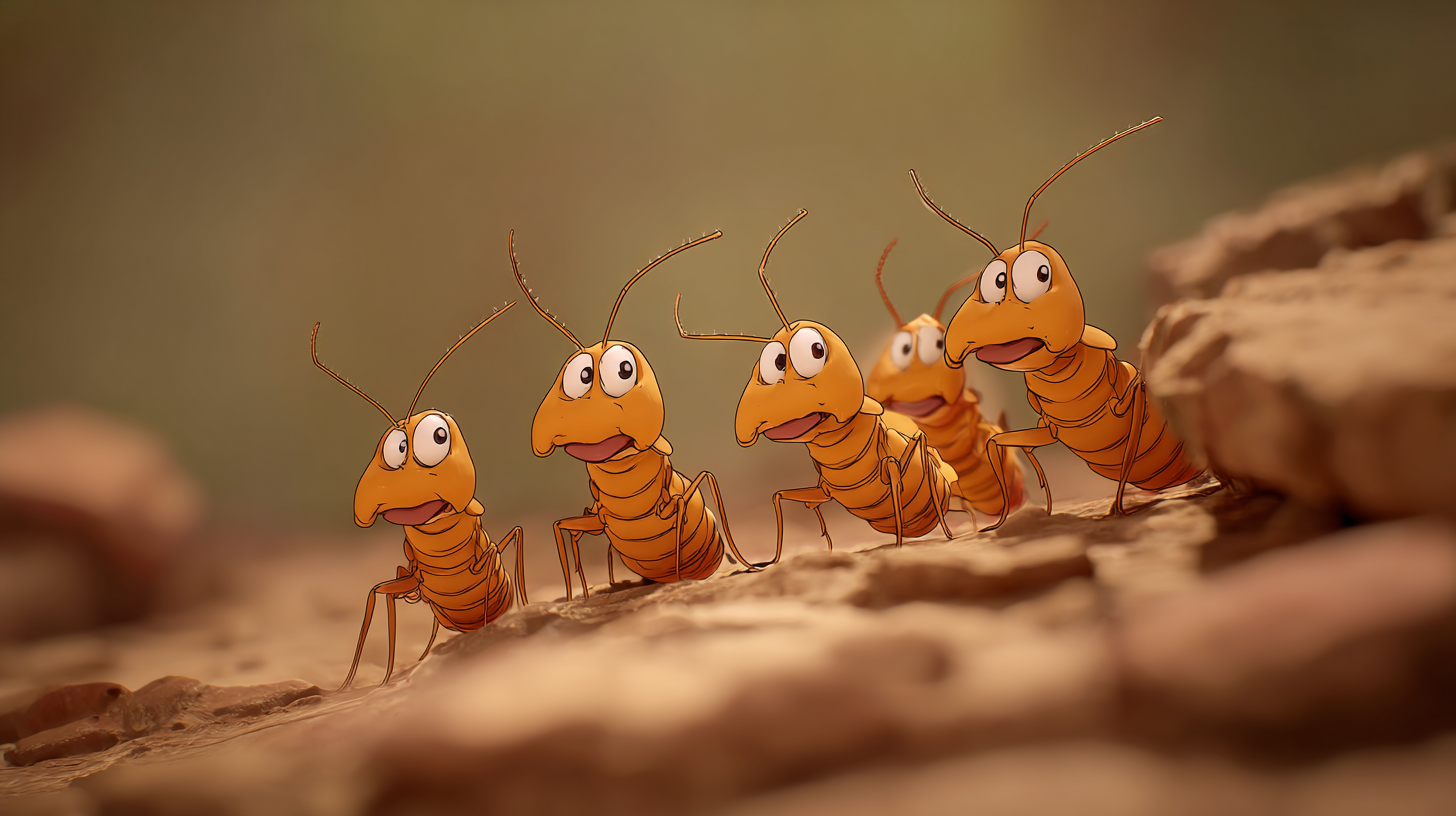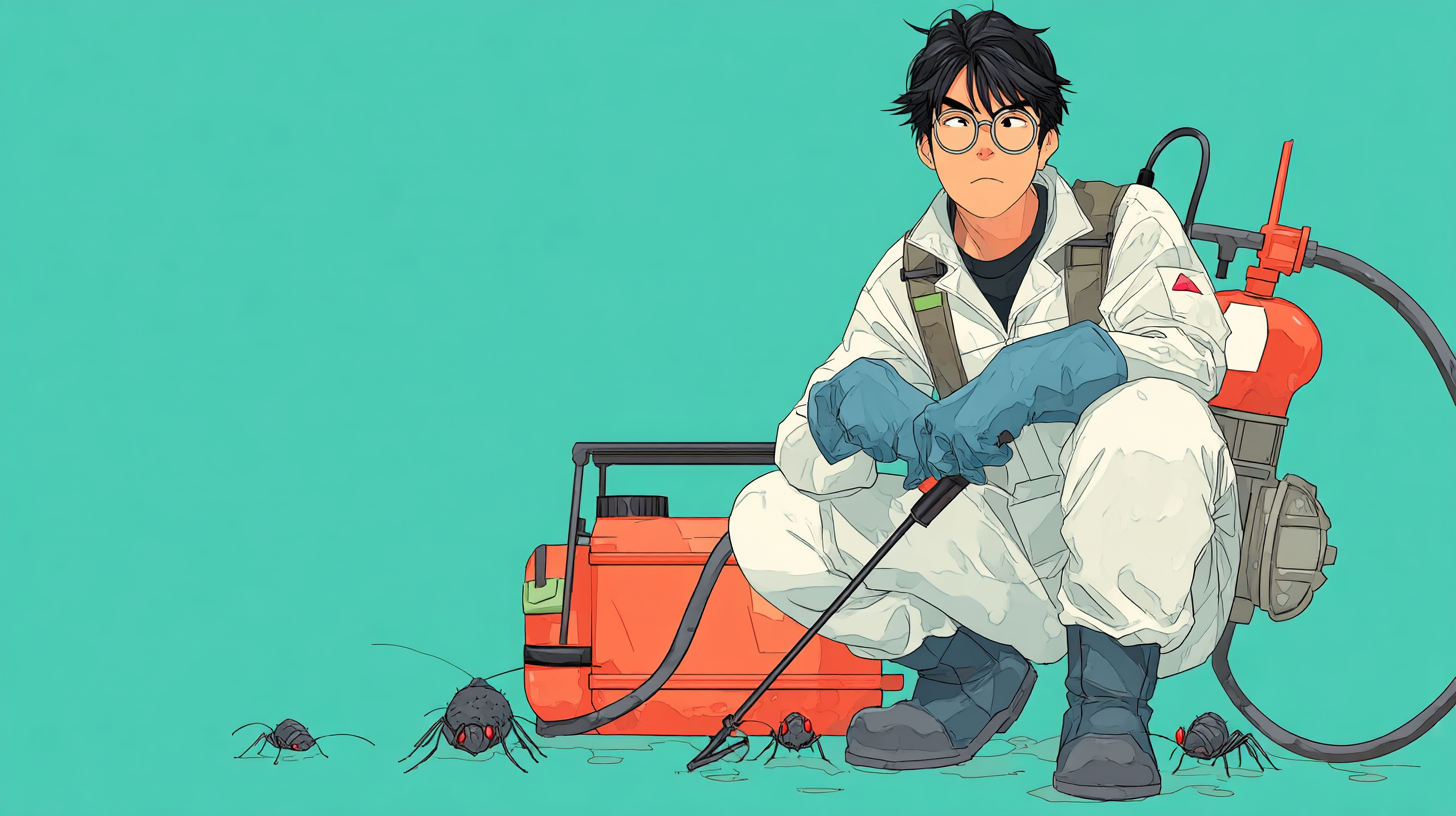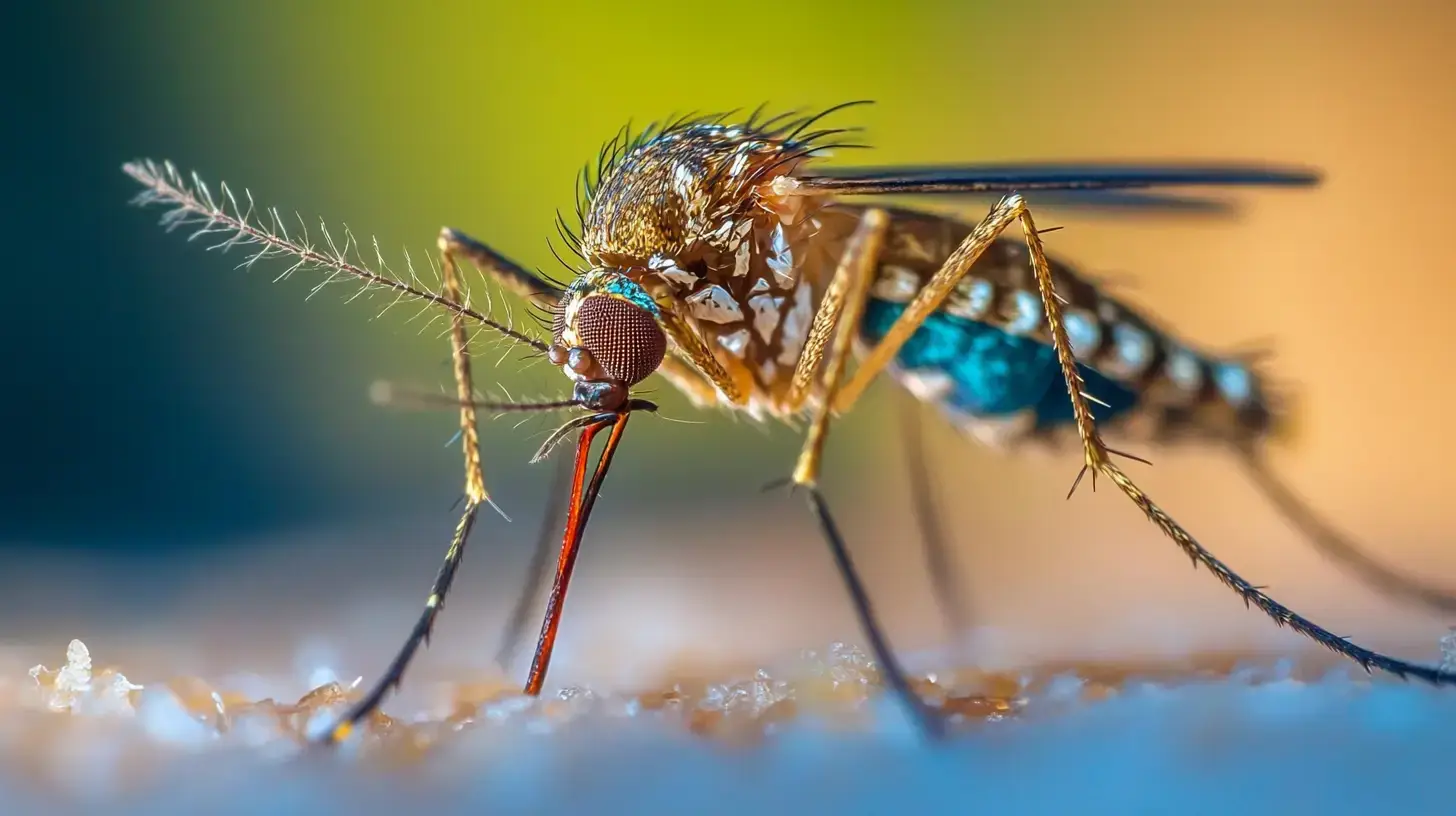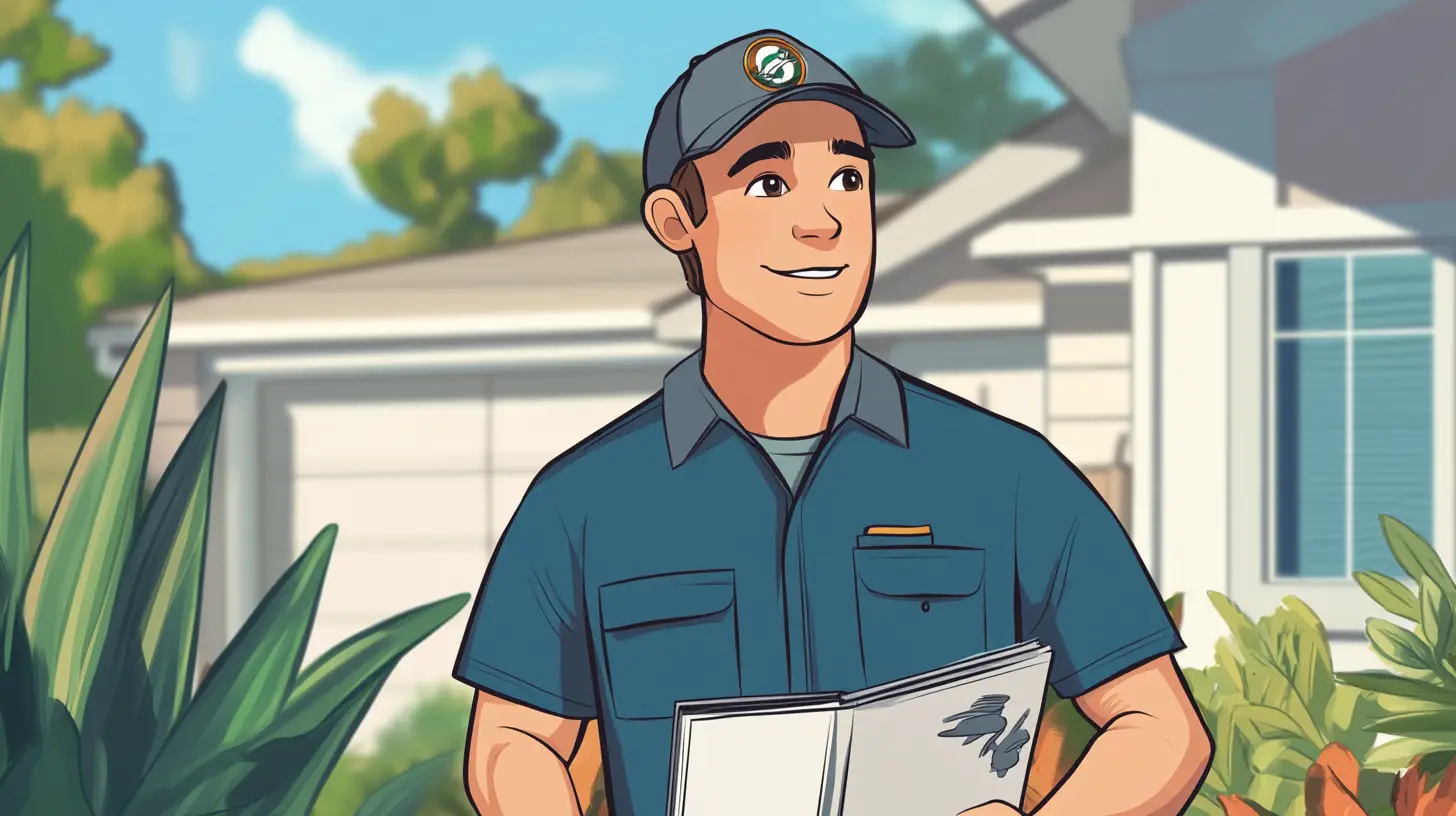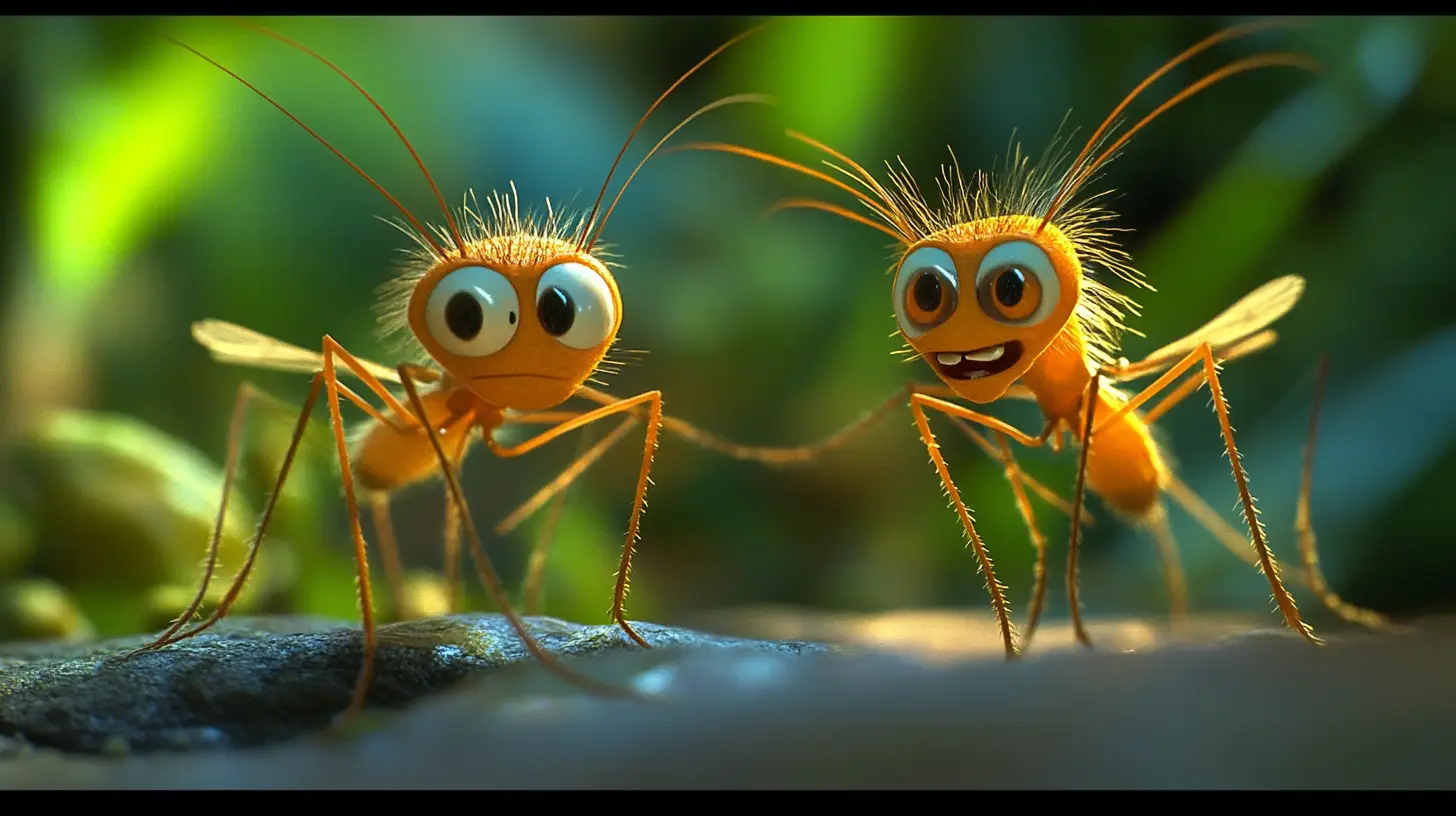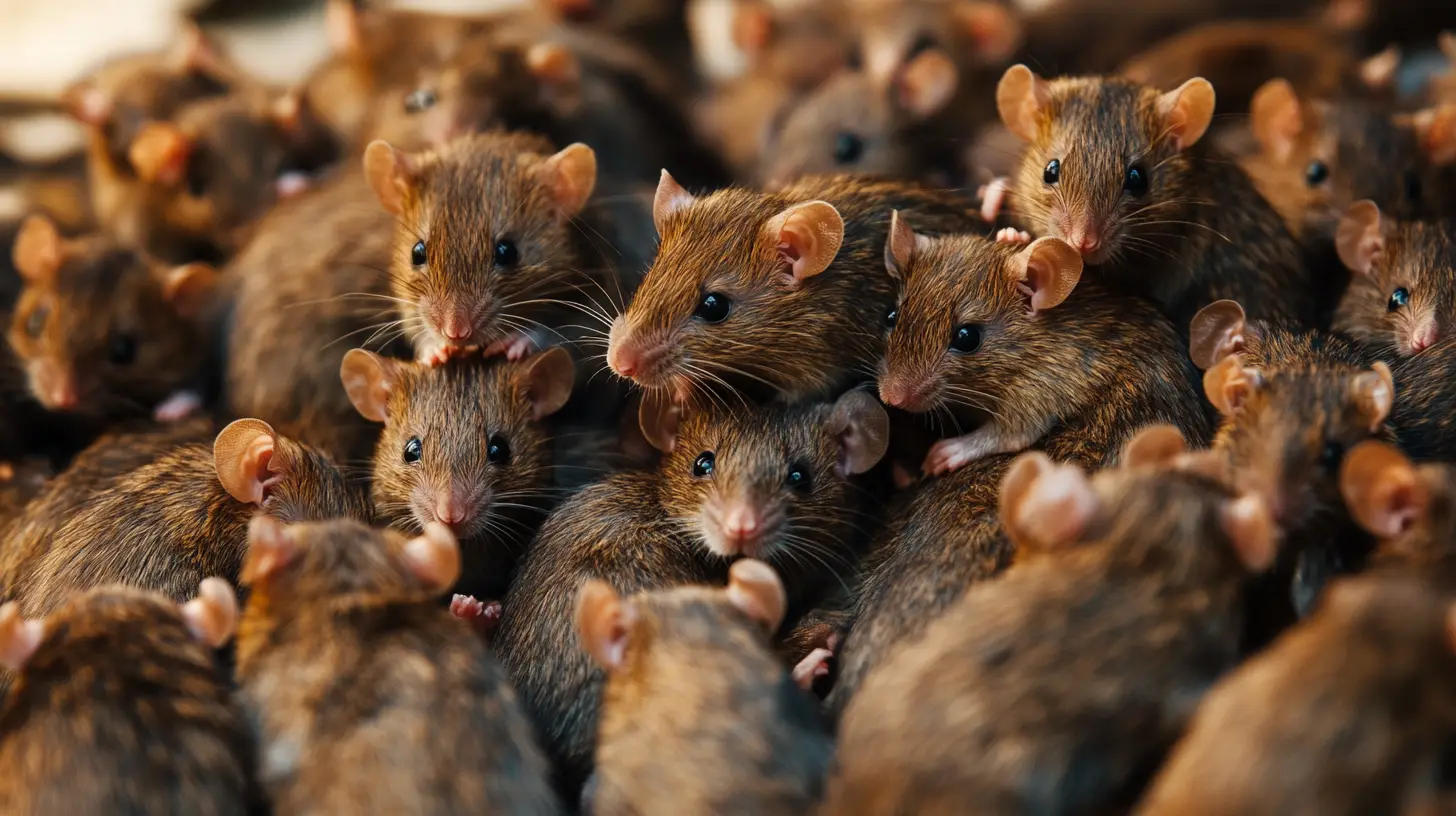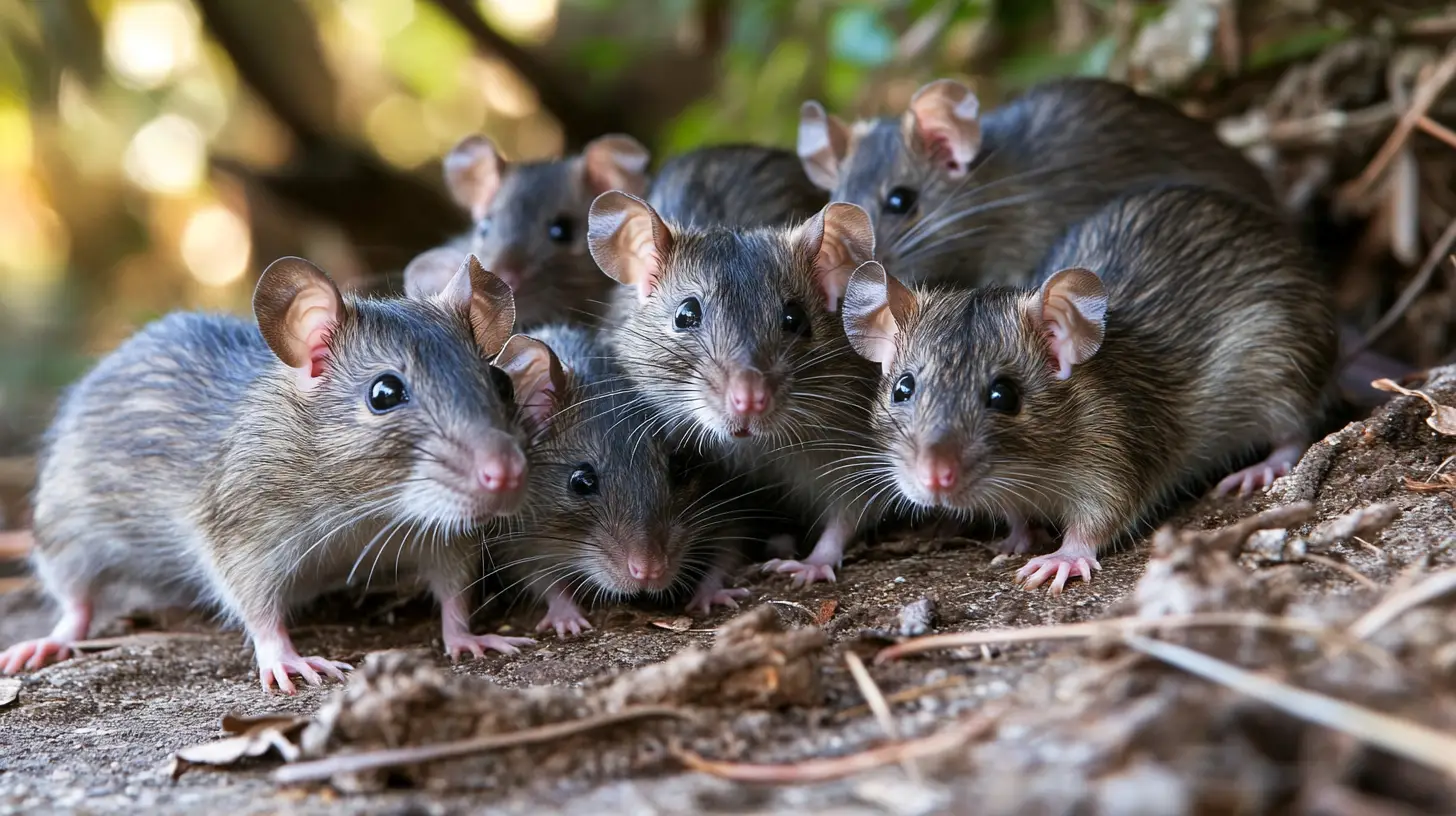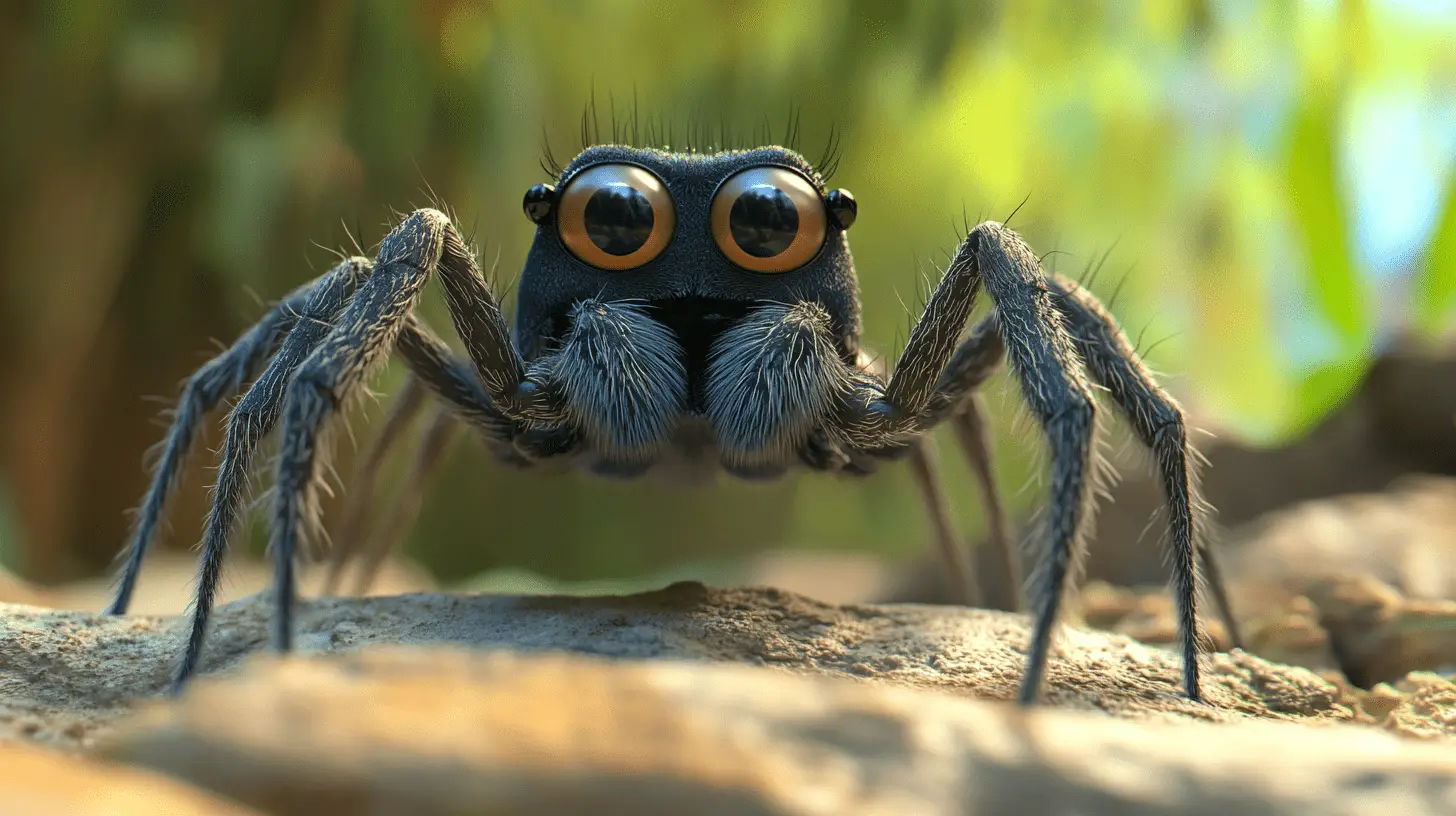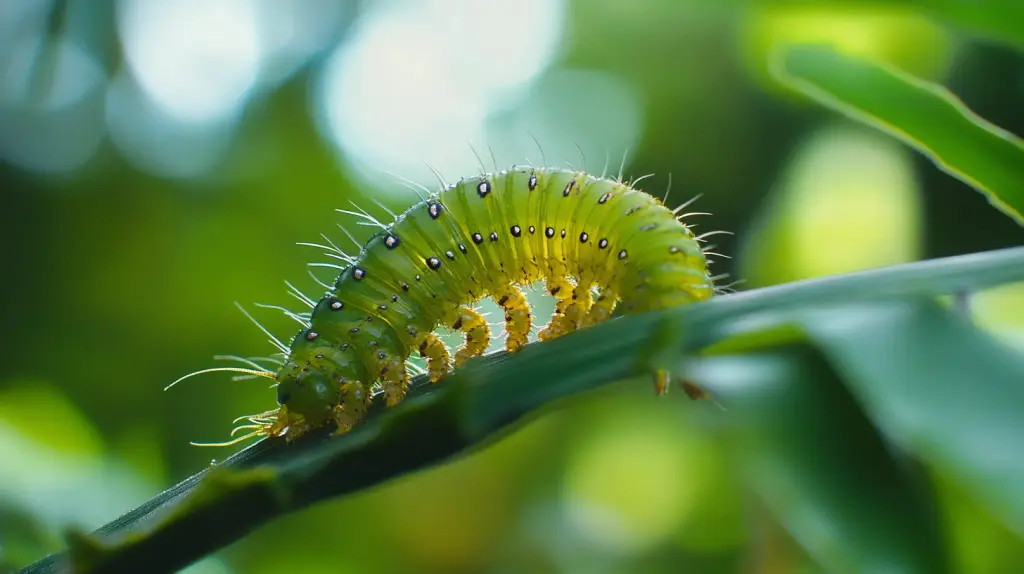
Table of Contents
Your Sarasota, FL, lawn should be a lush, green sanctuary, but pesky invaders can quickly turn it into a battleground. From grubs to chinch bugs, lawn pests are more than just an eyesore—they can wreak havoc on your grass and soil. Understanding how to identify and tackle these unwelcome guests is crucial for maintaining a healthy lawn.
You don’t need to be an expert gardener to reclaim your yard. With a few strategic steps, you can effectively get rid of lawn pests and restore your lawn’s beauty. Let’s jump into the best methods for identifying and eliminating these common nuisances so you can enjoy a pest-free outdoor space.
Key Takeaways
- Identify Common Lawn Pests: Recognize signs of infestation by pests like chinch bugs, cutworms, armyworms, and more, to take timely action.
- Effective Pest Control Methods: Use specific treatments such as insecticides, baits, organic solutions, and proper lawn care techniques to eliminate pests.
- Regular Lawn Maintenance: Mow regularly, aerate, and dethatch to maintain a healthy lawn and prevent pest habitats.
- Solve Moisture and Weed Issues: Address moisture problems and control weeds to deter pest breeding grounds.
- Attract Natural Predators: Encourage beneficial insects and birds to naturally control pest populations and keep your lawn healthy.
How to Get Rid of the Most Common Florida Lawn Pests
Florida lawns often face challenges from various pests that can cause important damage. Proper identification and timely action can help maintain a healthy, beautiful lawn.
1. Chinch Bugs
Signs of Chinch Bug Infestation
Chinch bugs are small, black insects with white wings. They suck the sap from grass blades, causing yellow patches that eventually turn brown. Look for these patches in sunny areas.
How to Get Rid of Chinch Bugs in Florida
Chinch bugs thrive in dry, sunny conditions. Water your lawn adequately to disrupt their habitat. Apply a lawn insecticide specifically labeled for chinch bugs for effective pest control.
2. Cutworms
Signs of Cutworm Infestation
Cutworms are larvae that cut down seedlings at the soil surface. You may notice wilting or dead patches in your lawn, particularly at night when these pests are active.
How to Get Rid of Cutworms in Florida
Use organic insecticides like Bacillus thuringiensis (Bt) to treat cutworm infestations. Keeping your lawn mowed and removing debris can also reduce cutworm populations.
3. Fall Armyworms
Signs of Fall Armyworm Infestation
Look for irregular brown patches and chewed grass blades. Fall armyworms are known for their rapid feeding and can devastate lawns quickly.
How to Get Rid of Fall Armyworms in Florida
Apply insecticides in the early morning or late afternoon. Monitor your lawn closely during the summer and fall months, as these are peak periods for fall armyworms.
4. Fire Ants
Signs of Fire Ant Infestation
Fire ants build large, mounded nests in your lawn. Disturbing these nests can result in painful stings.
How to Get Rid of Fire Ants in Florida
Use fire ant baits and mound treatments. Baits are effective because ants carry the poison back to their colony. Regular monitoring and re-application may be necessary.
5. Ground Pearls
Signs of Ground Pearl Infestation
Ground pearls are small, waxy insects that damage the roots of grasses. Affected areas turn yellow and die, usually in irregular patterns.
How to Get Rid of Ground Pearls in Florida
Aeration and maintaining healthy soil can help manage ground pearls. Chemical treatments are generally less effective against these pests.
6. Mole Crickets
Signs of Mole Cricket Infestation
Mole crickets tunnel through soil, uprooting grass and creating spongy areas. You may also notice bare patches and damaged roots.
How to Get Rid of Mole Crickets in Florida
Use baits and soil insecticides. Apply treatments in the evening when mole crickets are most active. Ensure consistent application for effective control.
7. Tropical Sod Webworms
Signs of Tropical Sod Webworm Infestation
Webworms chew grass leaves, leaving behind irregular patches. During heavy infestations, you’ll see silk webs and larvae in the grass.
How to Get Rid of Tropical Sod Webworms in Florida
Use BT-based insecticides or chemical treatments. Regular watering and mowing can also help reduce their population.
8. Two-Lined Spittlebugs
Signs of Spittlebug Infestation
These bugs produce frothy, spittle-like masses on grass. Look for yellowing patches and insects with two orange stripes on their wings.
How to Get Rid of Two-Lined Spittlebugs in Florida
Use insecticidal soaps and horticultural oils. Keep your lawn well-aerated and dethatched to create unfavorable conditions for spittlebugs.
9. White Grubs
Signs of White Grub Infestation
White grubs, the larvae of beetles, feed on grass roots. You may notice turf that feels spongy and brown patches that easily roll back like a carpet.
How to Get Rid of White Grubs in Florida
Apply grub control insecticides in late summer or early fall. Milky spore disease and nematodes are natural options for long-term lawn pest control.
10. Fleas
Signs of Flea Infestation
Fleas can cause itchy bites on humans and pets. Look for them in shaded areas, particularly under trees and shrubs.
How to Get Rid of Fleas in Florida
Use flea control products specifically designed for lawns. Regularly mowing and removing lawn debris can help minimize flea habitats.
11. Ticks
Signs of Tick Infestation
Ticks attach to humans and animals, causing itchy welts and potentially spreading diseases like Lyme disease.
How to Get Rid of Ticks in Florida
Apply tick control treatments to your yard. Remove leaf litter and tall grasses to reduce tick habitats. Regular monitoring and treatment can keep your yard safe.
Best Methods to Prevent Pests on a Florida Lawn
When dealing with lawn pests in Southwest Florida, it’s key to carry out effective methods that address the biological, agricultural, and environmental relationships of these pests. Your goal is always to maintain a healthy and pest-free lawn.
Mow Regularly
Mow your lawn often, keeping the grass at an optimal height to prevent pests. Regular mowing not only improves the lawn’s appearance but also helps eliminate the environment favorable for pests like fleas and chinch bugs. Shorter grass makes it difficult for pests to hide and thrive.
Aerate and Dethatch
Aerate your lawn to improve root health and prevent pest infestations. Aeration enhances soil structure, promoting stronger grass. Dethatching removes buildup, such as dead grass, that pests like lawn grubs use as shelter. Healthier soil means fewer places for pests to hide.
Solve Moisture Problems Fast
Fix moisture issues immediately. Pests like mosquitoes and fleas are attracted to standing water and overly damp areas. Provide proper drainage and avoid overwatering. This stops pests from finding breeding grounds and nurtures a healthier, pest-resistant lawn.
Keep Weeds Under Control
Control weeds to eliminate pest habitats. Weeds compete with grass for nutrients, weakening your lawn. Weeds also host pests like cutworms and armyworms. Using weed treatments for lawns helps your turf grow strong and limits pest-friendly environments.
Clean the Yard
Keep your yard clean by removing debris, leaf litter, and organic waste. Pests like fire ants and ticks thrive in cluttered areas. Regularly clear garden debris to minimize potential habitats, making your yard less inviting to pests like mole crickets and spittlebugs.
Attract Beneficial Insects
Attract beneficial insects to your lawn. Ladybugs, lacewings, and predatory beetles help control pests by preying on harmful insects. Plant flowering plants that attract beneficial insects. This creates a natural pest control system that’s environmentally friendly.
Invite Beneficial Birds
Invite pest-eating birds like bluebirds and wrens to your yard. Birds help control pest populations by feeding on insects such as webworms and ground pearls. Install bird feeders and birdhouses to attract these helpful birds, improving your lawn’s pest control efforts.
Using these methods fosters a balanced network where pests are naturally controlled. Your lawn will thrive, free from the damages caused by invasive pests, ensuring a lush, green space for your enjoyment.
DIY Tests to Check for Lawn Pests
Taking proactive steps to identify lawn pests can save you time and effort in the long run. Simple DIY tests, like the soapy water test for grubs or the floatation method for chinch bugs, can reveal hidden infestations.
Regularly inspecting your lawn for signs of damage and monitoring for unusual activity will help you catch problems early. By staying vigilant and employing these straightforward techniques, you’ll be well-equipped to maintain a healthy, pest-free lawn. Remember, a little effort now can prevent bigger issues later, ensuring your lawn remains a beautiful and enjoyable space.
Frequently Asked Questions (FAQs)
What are common lawn pests in Florida?
Common lawn pests in Florida include chinch bugs, cutworms, fall armyworms, fire ants, ground pearls, mole crickets, tropical sod webworms, two-lined spittlebugs, white grubs, fleas, and ticks.
How can I identify lawn pests in my yard?
Look for signs such as yellowing grass, irregular patches, chewed grass blades, and the presence of insects. Each pest has specific signs, so it’s important to recognize these indicators to identify the pest accurately.
What are the best methods for controlling lawn pests?
Effective pest control methods include using insecticides, proper lawn care in Sarasota includes such practices as regular mowing, aerating, and dethatching. Monitoring your lawn for early signs of infestation is also crucial.
How can I prevent pests from damaging my lawn?
Preventive measures include maintaining proper lawn care practices, addressing moisture issues, controlling weeds, keeping the yard clean, and attracting beneficial insects and birds that naturally control pest populations.
Do I need to be a gardening expert to handle lawn pests?
No, you don’t need to be a gardening expert. With strategic methods for pest identification and removal, homeowners can effectively manage and eliminate these nuisances to maintain a healthy lawn.
Why is regular mowing important for lawn pest control?
Regular mowing keeps grass at an optimal height, reducing the habitat for pests and encouraging a healthier lawn that is more resilient to infestations.
What is aerating and why is it important?
Aerating involves perforating the soil with small holes to allow air, water, and nutrients to penetrate the grass roots. This helps improve root health and prevents a conducive environment for pests.
How does controlling weeds help with pest management?
Weeds can provide habitats and breeding grounds for pests. By controlling weeds, you eliminate potential pest habitats, making your lawn less attractive to pests.
What role do beneficial insects and birds play in pest control?
Beneficial insects and birds help naturally control pest populations by preying on them, promoting a balanced ecosystem that supports a healthy, pest-free lawn.
How can I address moisture issues in my lawn?
Ensure proper drainage, avoid over-watering, and consider installing gutters or grading to prevent water from pooling in your yard, which can create breeding grounds for pests.

